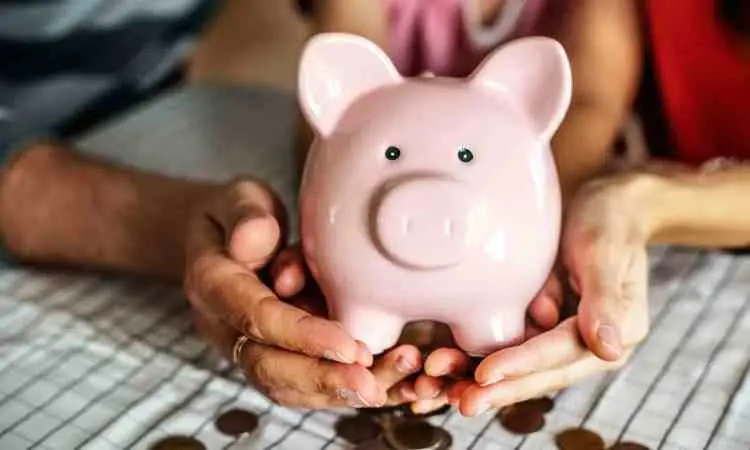How to Save Money the Easy Way

With inflation and high prices for basic necessities, it’s more important than ever to learn how to save money. Luckily, it’s easier than you think!
For example, swapping name brand products for generic ones can be a great way to cut costs. Using reusable items like water bottles, straws and microfiber towels can help too.
Set a budget
Creating a budget is an important first step when trying to save money. This will help you track your spending and determine whether or not you’re meeting your savings goals. It’s also a good idea to look at your budget regularly, especially at the end of each month.
A good way to organize your expenses is by separating them into fixed and variable categories. Fixed expenses tend to stay about the same from month to month, like your rent or mortgage, car payment and insurance. Variable expenses include things like dining out and shopping.
It’s also a good idea to take into account yearly expenses, like gifts and vacations. If possible, try to budget these expenses in advance so that they don’t throw your whole budget out of whack.
Don’t overspend
One of the easiest ways to avoid overspending is to be mindful about how you spend. A great way to start is by looking at your budget and identifying any unnecessary spending. For example, you could try eliminating extras such as subscriptions and memberships.
Another way to cut down on your extra spending is by making a list of the things you actually need each month and comparing that with what you’re buying. You may find that there are items you’re purchasing that you could get for cheaper by switching to less expensive brands or cutting down on energy use.
Finally, consider redefining your goals and priorities to help you #ThinkLikeASaver. For example, you might replace your vacation plans with a staycation and use cash back apps to make your money go further.
Cut down on extras
One of the easiest ways to save money is to cut down on extras. This could include anything from avoiding impulse buying to eliminating one or more bad habits. For example, if you often go out to dinner or get takeout, try cooking at home instead.
Also, skip the name-brand products and shop at discount stores such as Aldi, where generic brands are cheaper. Generic medication, staple food items, cleaning supplies and paper products work just as well and cost far less than brand-name versions.
Another easy way to cut down on extras is to pay with physical cash instead of a credit card. Studies show that paying with cash reduces impulsive spending. Another simple trick to help you stop spending money is to calculate the cost of nonessential purchases by dividing it by your hourly wage.
Reward yourself with a treat
Using treats to motivate yourself is great for creating new habits, increasing productivity, and connecting with others. However, if you’re on a budget, treating yourself can seem frivolous and impossible. But if you get creative, you can splurge on yourself without spending your own money.
For example, if you’re trying to save money but love coffee, you could treat yourself to a fancy mug and great-tasting gourmet beans. Or, you can buy yourself a scented candle or some high-quality soap that smells amazing and feels luxurious.
Adding a few small splurges in your budget can keep you from feeling burnt out when you’re trying to get your finances in order. Just make sure to prioritize your needs and stick with your budget. Otherwise, you may end up making a few big mistakes!
Set a goal
Developing a financial goal is essential to saving money. Start by figuring out how much you spend, which means tracking every coffee, household item and cash tip for at least a month. You can do this with a pencil and paper, a simple spreadsheet or one of many spending tracker apps available for download.
Next, set some savings goals and decide when you want to accomplish them. Short-term goals, like a vacation next year or a new car, may have a more concrete timeline, while long-term ones, such as retirement, may take longer to reach.
Once you’ve established your goals, make them the driving force of your budget. This will ensure that you’re making the right decisions about where to allocate your money. Also, it will motivate you to stick with your budget and save more.



